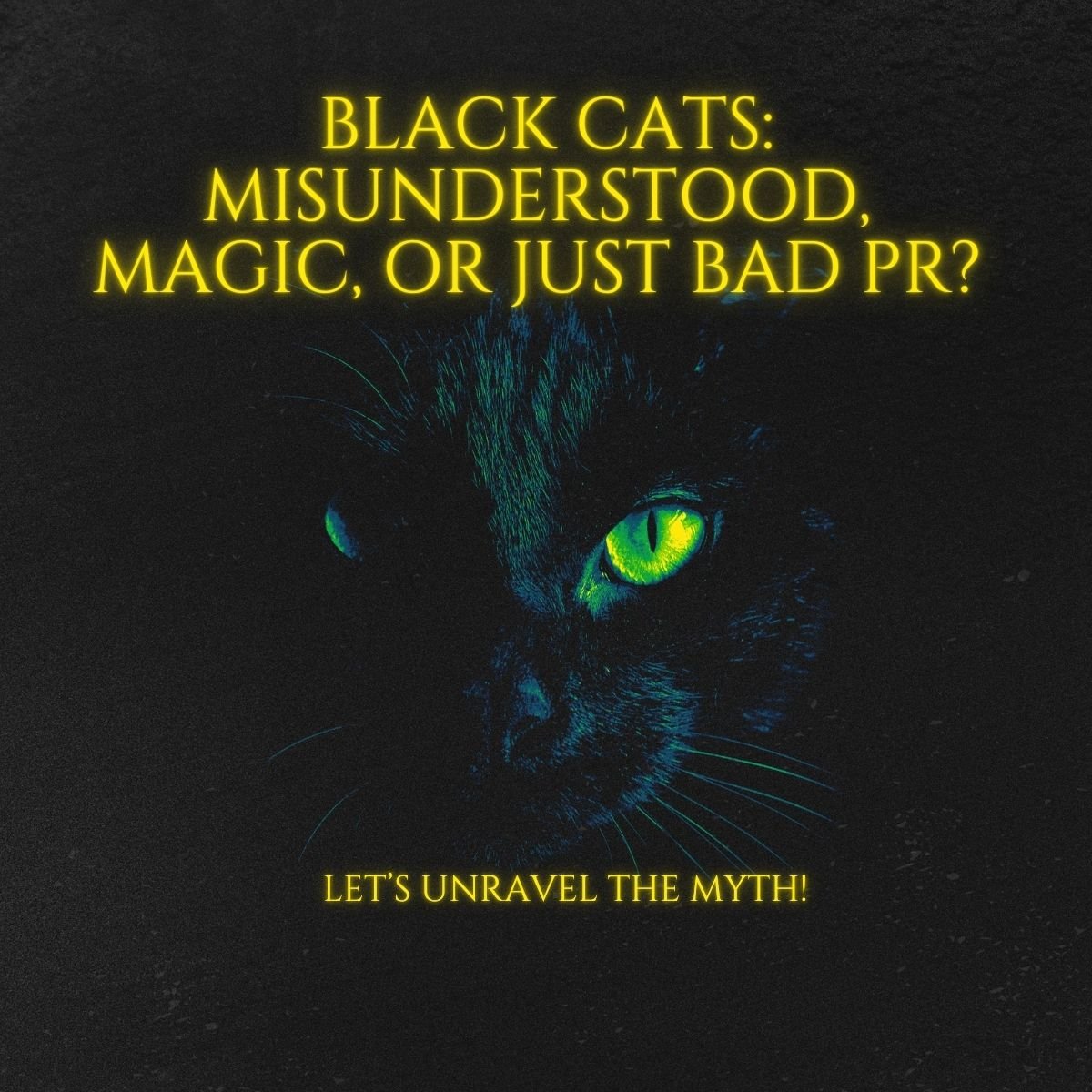Have you ever wondered why black cats always seem to be the last to leave animal shelters? This curious phenomenon has mystified cat lovers and shelter workers alike. Despite their undeniable charm, black cats face longer wait times for adoption compared to their more colorful counterparts. But what’s behind this trend? Are there deeper underlying issues or simply a matter of preference? Let’s break down the myths and realities contributing to this intriguing situation surrounding black cats.
Black Cats Take Longer to Adopt: The Mystery of Delayed Adoption
The idea that black cats take longer to find homes isn’t just anecdotal; there are statistics to back it up. Numerous shelters report that these sleek, shadowy felines are consistently overlooked. The reasons are multifaceted but intriguingly interwoven with history, legend, and societal perception. Despite making wonderful pets, their adoption rates lag, often leaving them waiting longer than their furry peers.
Historical Perspectives on Black Cats
Roots in Ancient Beliefs
Our journey to understanding begins in ancient times. Black cats weren’t always viewed with skepticism. In ancient Egypt, for example, they were revered and even worshipped. Cats were associated with Bastet, the feline-headed goddess symbolizing home protection and fertility. For this reason, all cats, black ones included, were seen as bearers of good fortune.
The Shift to Superstition
The positive view of black cats shifted dramatically during the Middle Ages in Europe. Ignorance and fear concerning witchcraft led people to associate black cats with witches. As pernicious rumors spread, black cats were seen as malevolent or even witches’ familiars, casting a shadow on their reputation. The fear of crossing paths with a black cat leading to bad luck became a myth that has lingered even into modern times.
Myths and Misconceptions About Black Cats
Superstitions and Misfortune
Superstitions have long impacted the perception of black cats. In several cultures, these charming creatures are still unfairly linked to bad luck and evil omens. This perception, although less pervasive today, contributes to apprehension among potential pet adopters.
Visibility and Photography
Another surprising factor impacting black cats’ adoption is practical rather than mystical: their appearance. Black cats tend to blend into the background both in real life and in photographs. When viewed in poorly lit spaces, it can be harder for their unique personalities to shine. In the age of social media, where adorable pet pictures dominate, the challenge of capturing clear images of black cats may inadvertently affect their appeal.
Standard Prejudices
The appearance-based prejudice extends beyond photography. Some people associate black animals with being less friendly or more aloof, which is purely misconception. Black cats, like any other, display just as much affection and playfulness as other cats—traits not determined by their coat color.
The Personality of Black Cats
Misunderstood Characteristics
Despite claims to the contrary, black cats often develop loving, social personalities. Some studies suggest that black cats may even be more adaptable and resilient, possibly due to the evolutionary pressures of surviving despite human prejudices against them.
| Trait | Description |
|---|---|
| Resilience | Adaptable and can thrive in a variety of homes and family situations. |
| Affectionate | Known to form strong bonds with their human companions much like any other feline. |
| Playfulness | Just like any other cats, enjoy a range of activities and interaction with their human companions. |
Individual Variability
Like people, every cat has its unique personality. Having a black coat does not dictate a cat’s demeanor. Black cats range from shy and demure to outgoing and gregarious. Prospective cat owners miss out if they overlook a shelter’s black residents simply because they may not stand out in the same way as a calico or tabby.
Strategies to Increase Black Cat Adoption Rates
Improving Visibility
Elevating the profile of black cats involves highlighting their uniqueness and positive traits. Animal shelters can utilize brighter settings for photographing black cats and sharing fun, engaging profiles that showcase each cat’s personality beyond the photos.
Debunking Myths at the Source
Education is key to debunking myths about black cats. Shelters and adoption centers can play a crucial role in this by informing potential adopters about the history, myths, and the truth of black cats. It’s important to share facts and positive narratives, emphasizing how black cats often get unfairly labeled or ignored due to centuries-old superstitions.
Special Promotions and Events
Many shelters have adopted creative solutions such as special adoption events for black cats. These events often come with discounted adoption fees or themed initiatives aimed at drawing attention to these deserving animals.
Celebrity and Social Media Influence
Celebrities, influencers, and the broader reach of social media can dramatically alter perceptions. There have been successful campaigns and initiatives where high-profile pet adopters have showcased their black cat companions, helping to alter attitudes positively and inspire others to consider adopting black cats.
A Call to Reconsider
Adopting a Black Cat: A Rewarding Decision
An open mind while considering adoption is not just kind to the cats but can lead to a rewarding experience for adopters. Individuals who have chosen black cats often find them to be affectionate, sweet, and extremely loyal, often expressing surprise over why anyone would hesitate to welcome them home in the first place.
Sharing Your Experience
If you’ve already taken the leap and adopted a black cat, sharing your positive experiences can help others move past prevailing myths. Post stories or pictures on social media, write about your pet’s quirks, and dispel shadows with your firsthand account.
Conclusion
Understanding why black cats take longer to get adopted sheds light on human behavior as much as feline features. Tradition and superstition still echo in today’s adoption landscape, but with progress, these notions are increasingly counteracted by advocacy, education, and outreach efforts. If you find yourself considering adoption, look beyond the fur, into the heart of the pet. Black cats are as lively and loving as any other and keenly in search of a forever home where they won’t just blend into the background but instead shine with the love they’ll share.






